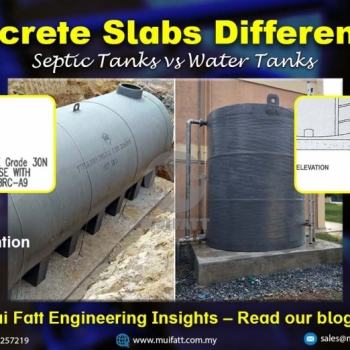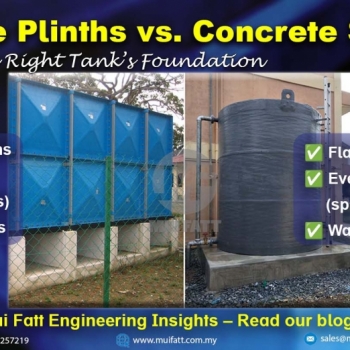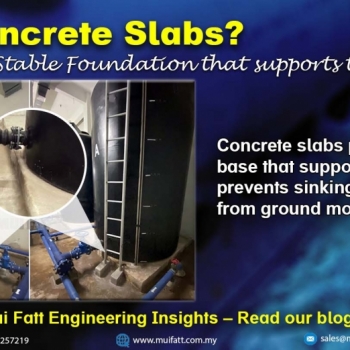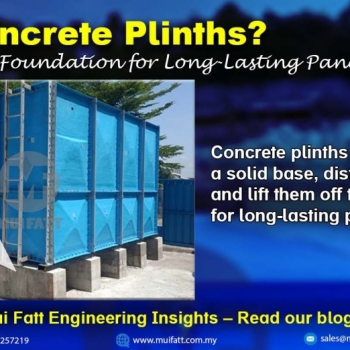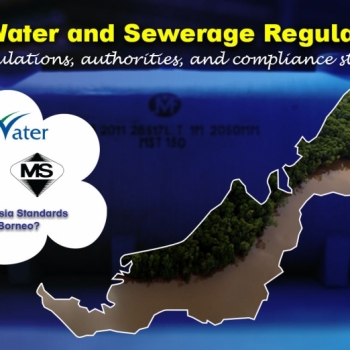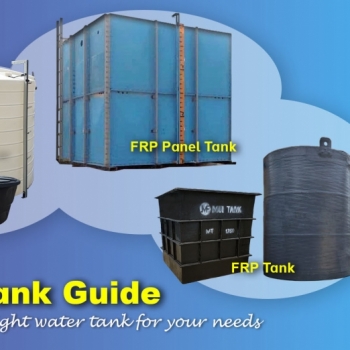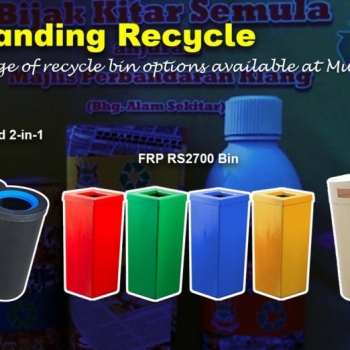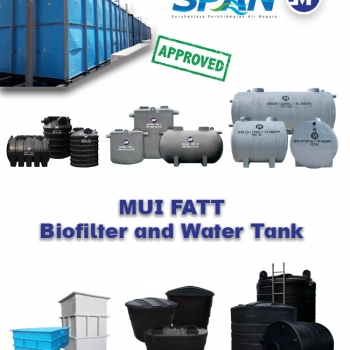Understand the key differences between concrete slabs used for water tanks and septic tanks. Learn about their functions, compliance standards, structural needs, and when to use each, so you can make the right decision for a safe and long-lasting installation.
Why Confined Space Safety Regulations Matter in Tank Work
13 May 2025
- Key Takeaways
- What Is Considered a Confined Space?
- How FRP & PE Tanks Fall Under Confined Space Regulations
- Common Tank-Related Work That Requires Compliance
- Mandatory Procedures According to DOSH
- Cost and Compliance: What You Need to Know
- Why It Matters: Case of Septic Systems & Hazardous Atmosphere
- Summary and Compliance Tips
- Frequently Asked Questions (FAQs)
Key Takeaways
-
DOSH regulations in Malaysia govern confined space work under ICOP 2010.
-
These regulations may apply to tasks like installing, inspecting, cleaning, or repairing FRP/PE tanks.
-
Non-compliance can lead to legal penalties and serious health risks.
-
Outsourcing to certified professionals may be required and could affect your project budget.
-
Understanding these procedures helps project planners prepare for safer and smoother execution.
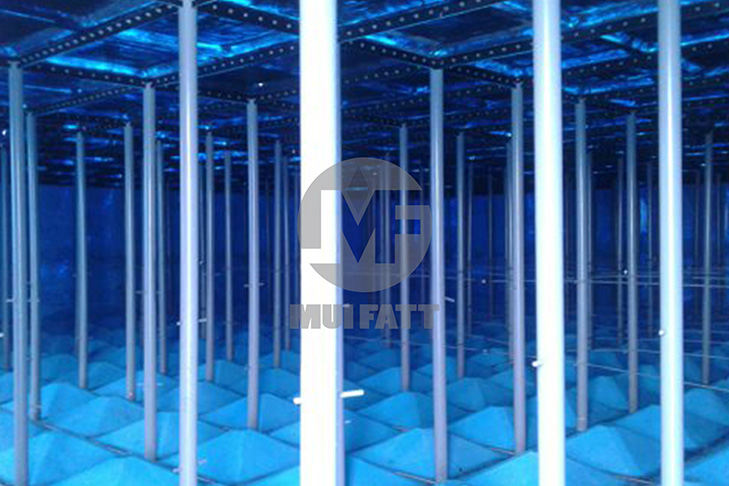
Working inside a tank?
That might be a confined space, and that means serious safety rules apply. Whether it’s installing FRP panel tanks, cleaning water tanks, or servicing septic systems, you may face hazards like toxic gases, low oxygen, and tight access. That’s why DOSH Malaysia has strict regulations under ICOP 2010.
If you’re using FRP or PE tanks in your project, knowing these rules isn’t just smart — it’s critical for safety, and may even affect your costs and compliance.
What Is Considered a Confined Space?
According to DOSH Malaysia, a confined space is any partially or fully enclosed space that:
-
It is not designed for continuous occupancy,
-
Has restricted entry or exit, and
-
Poses risks like a harmful atmosphere, engulfment, or oxygen imbalance.
Examples include:
-
Panel tanks during internal assembly
-
Closed top water tanks requiring internal repair
-
Septic tanks and small sewage treatment systems (SSTS) during maintenance
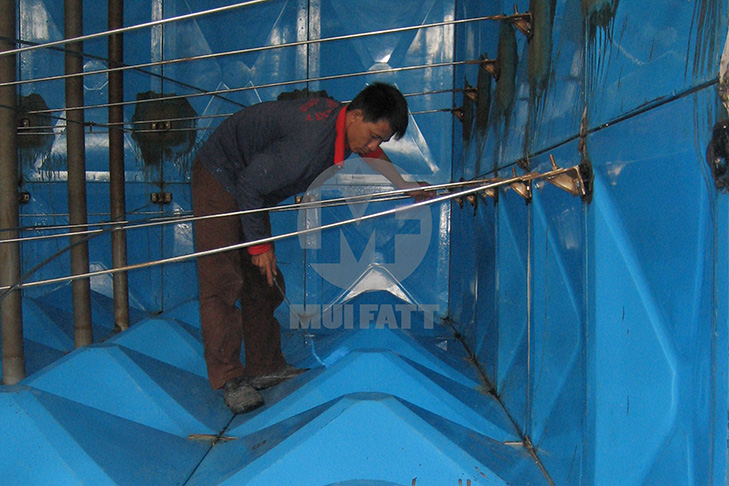
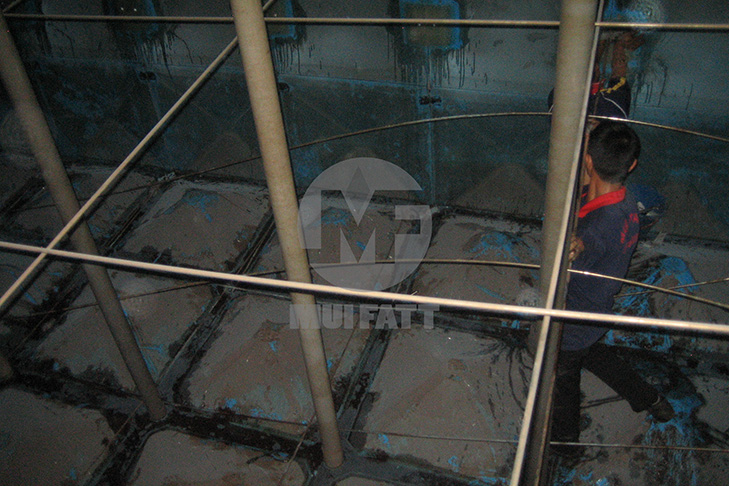
How FRP & PE Tanks Fall Under Confined Space Regulations
FRP Panel Tanks, Closed Top Tanks, Septic Tanks, and FRP SSTS meet many criteria outlined in the ICOP 2010 for confined spaces:
| Product Type | When It Becomes a Confined Space |
| FRP Panel Tanks | During on-site assembly or internal inspection |
| PE/FRP Closed Top Water Tanks | Internal cleaning, leak inspection, or baffle installation |
| FRP/PE Septic Tanks | Pumping, desludging, or confined repair |
| FRP SSTS | Regular internal maintenance or desludging |
Common Tank-Related Work That Requires Compliance
You may unknowingly be entering a regulated confined space when performing:
-
Internal FRP panel tank bolting
-
Leak fixing or baffle adjustments
-
Desludging or inspecting septic systems
-
Installing internal ladders or partitions
-
Cleaning residues from chemical storage tanks
Each task above poses chemical, oxygen-deficiency, and ergonomic risks—covered in DOSH’s ICOP.
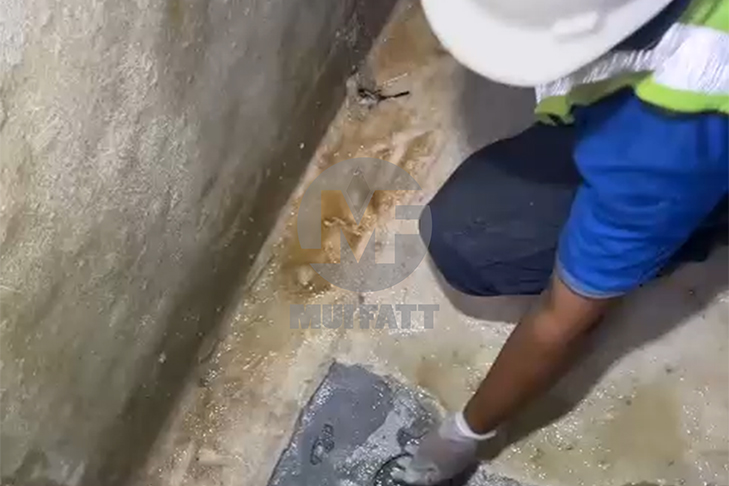
Mandatory Procedures According to DOSH
Below are the 10 compulsory steps as per DOSH:
-
Permit to Work (PTW) preparation
-
Isolation of the tank area and system
-
Initial cleaning & purging
-
Ventilation for safe oxygen levels
-
Gas testing at the top, middle, and bottom
-
Continuous clean air supply
-
PPE preparation (helmets, gloves, fall arrest, etc.)
-
PTW Issuance (Max 8 + 4 hours)
-
Only trained entrants allowed (AE, ES, AGT)
-
Work completion protocol
Outsourcing to certified confined space professionals (with AESP/AGTES certification) may be legally required depending on the job.
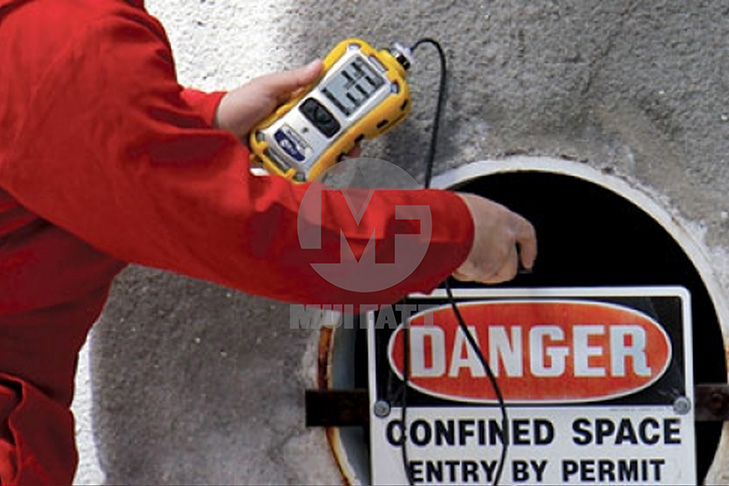
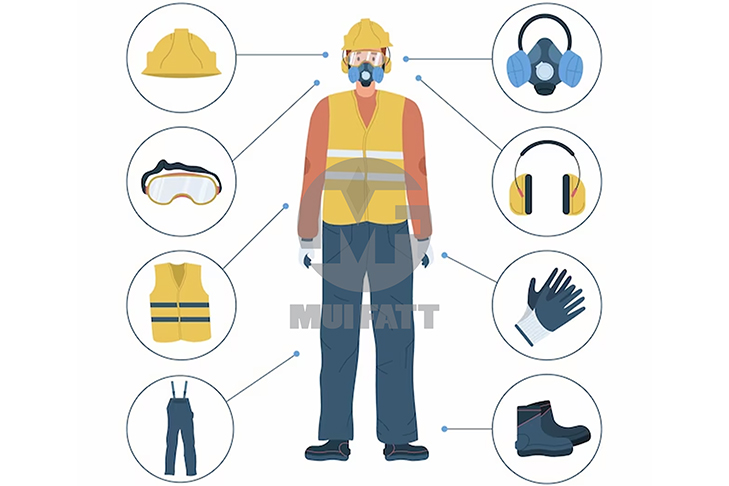
Cost and Compliance: What You Need to Know
Project budgets may increase when confined space procedures are involved due to:
-
Hiring of certified gas testers and entry supervisors
-
Equipment like oxygen monitors and forced ventilation
-
Permit to Work documentation and training
-
Delay buffers for safety protocols
It’s crucial to factor in these items early in your planning process.
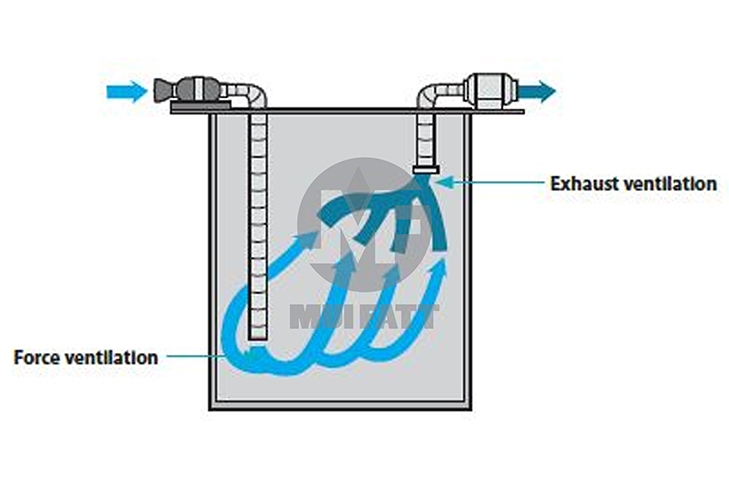
Why It Matters: Septic Systems & Hazardous Atmosphere
Septic tanks and SSTS often contain toxic gases such as:
-
Methane (explosive risk)
-
Hydrogen sulfide (poisonous)
-
Ammonia and CO
These gases exceed PEL (Permissible Exposure Limit) and are immediately dangerous to life and health (IDLH).
Hence, confined space entry protocols are non-negotiable in septic system repair, inspection, or installation tasks.
Summary and Compliance Tips
-
Always assess if the work qualifies as a confined space
-
Refer to ICOP for Safe Working in Confined Spaces (2010)
-
Train your workers or outsource to certified professionals
-
Ensure proper permits, testing, and PPE before work begins
-
Work with manufacturers (like Mui Fatt) familiar with compliance needs
Frequently Asked Questions (FAQs)
Is a water tank always considered a confined space?
No. It depends on the access restrictions and whether the work environment meets the confined space hazards defined by DOSH.
What training is required for workers to enter confined spaces?
Authorized Entrant and Standby Person (AESP) training and AGTES certification are required depending on their role.
Can we perform FRP panel tank installation internally without compliance?
Only if the conditions do not meet confined space criteria. However, most internal work in tanks is safer with full compliance.
What gases are commonly found in septic tanks?
Methane, hydrogen sulfide, carbon monoxide, and ammonia—many are flammable or toxic at low concentrations.
Who issues the Permit to Work (PTW)?
Only a trained and certified Permit Issuer (PI) as defined by DOSH Malaysia.
#confinedspaceMalaysia #DOSHregulation #FRPtanksafety #PEtankcleaning #SSTSmaintenance #paneltankinstallation #confinedspacework
Disclaimer:-
The content on this site is for general information and entertainment purposes and does not constitute legal counsel. We strive to keep our information as accurate as possible. However, we make no warranties about the completeness, accuracy, reliability, suitability, or availability with respect to the information contained on this page. You should rely on this information at your own risk. This website may include links to other third-party sites. These links are provided as a convenience to you as a reader, user, or browser only. We make no representation, warranty, or guarantee, nor do we endorse or take responsibility for any of the content of such sites.
Stay in touch with us if you’re interested in hearing from us promptly.
- Website - https://www.muifatt.com.my/home/
- Facebook - https://www.facebook.com/muifattmarketing
- Instagram - https://www.instagram.com/muifattmarketing/
- Google - https://goo.gl/maps/WxVY13gNcaRTS7Jp6
- Youtube - http://www.youtube.com/@MuiFattMarketing
- TikTok - https://www.tiktok.com/@muifattmarketing
- LinkedIn - https://www.linkedin.com/company/mui-fatt-marketing-sdn-bhd-
- Linktree - https://linktr.ee/muifattmarketing
- Shopee - https://www.shopee.com.my/muifattmarketing
- Lazada - https://www.lazada.com.my/shop/mui-fatt-marketing
Recent Blog
Mui Fatt Engineering Insights - Concrete Plinths vs Slabs
Compare concrete plinths and slabs to understand their roles in water, septic, and sectional tank installations. Learn key differences in design, application, and compliance.
Mui Fatt Engineering Insights - Tank Concrete Slab
Concrete slabs provide stability and safety for water and septic tanks. This blog explains why they are essential, whether they are mandatory, and how they impact installation and maintenance.
Mui Fatt Engineering Insights - Panel Tank Concrete Plinth
Explore the essential role of concrete plinths and C-channels in sectional panel tanks. Learn why they’re standard, how they enhance stability and maintenance, and how Malaysia’s regulations influence their use.
Essential Guidelines for Water & Septic Tanks in Borneo
Understand the regulations and guidelines for water and septic tanks in Borneo, plus compliance with SPAN, IWK, and SIRIM standards in Malaysia.
Essential Guide to Choosing the Right Water Tank for Your Needs
A step-by-step guide on water tank considerations, including material, size, application, and more. Learn how to pick the perfect tank for your needs.
Understanding Recycle Bins: Types, Uses, and Regulations in Malaysia
Learn the differences between recycle and recycling bins, the types of bins by color and material, and why they're essential for waste management in Malaysia. Discover our FRP and PE recycle bins for your needs.
Why SPAN-Approved Water and Septic Tanks Are Essential for Your Project
In this blog, we explore why using SPAN-approved water and septic tanks is critical for compliance, safety, and reliability in construction projects across Malaysia. Learn how SPAN certification ensures the quality of your tanks, and why it’s essential for maintaining water service standards under Act 655. Discover how various end-user products such as water tanks and septic tanks adhere to this legislation and the consequences of non-compliance, emphasizing the importance of strict adherence for safeguarding Malaysia's water resources and public well-being.
